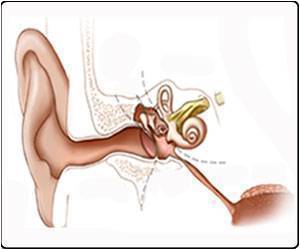An experimental heroin vaccine induced antibodies that prevented the drug from crossing the blood-brain barrier in mice and rats.

‘Opioids misuse, which include heroin and fentanyl, is a growing problem in the U.S. and according to the CDC, 91 Americans die every day from an opioid overdose.’





The vaccine was co-developed at the National Institute on Drug Abuse (NIDA), part of the National Institutes of Health, which funded the preclinical research. "By eliciting antibodies that bind with heroin in the blood, the vaccine aims to block the euphoria and addictive effects," said Dr. Gary Matyas, Chief of Adjuvants and Formulations for the U.S. Military Research Program (MHRP), WRAIR. "We hope to give people a window so they can overcome their addiction."
The study, published in the Journal of Medicinal Chemistry, showed that the vaccine produced antibodies against other commonly misused opioids, including hydrocodone, oxycodone, hydromorphone, oxymorphone and codeine. The vaccine appeared to dampen the impact of heroin at a high-dose, which might indicate a potential to prevent overdose.
In clinical settings, it is essential that the antibodies induced by a heroin or opioid vaccine do not cross-react with the therapies for opioid misuse, such as methadone, buprenorphine and naltrexone. Researchers found that the antibodies did not react with these compounds and, more importantly, the antibodies induced by the vaccine did not cross-react with naloxone, which is used as the overdose rescue treatment to reverse respiratory depression due to heroin and other opioid overdose.
Although the use of opioids for pain management in people suffering from addiction is of concern, researchers found that methadone, tramadol, fentanyl, sufentanil, nalbuphine and buprenorphine did not bind to the antibodies, indicating that they could be used if acute pain treatment is required for emergency use in vaccinated patients. Researchers also found that there was no binding to the non-narcotic pain relievers like aspirin, ibuprofen and acetaminophen, so these would likely remain effective.
Advertisement
"Although we are still in the early phase, this study suggests that vaccination can be used together with standard therapies to prevent the withdrawal and craving symptoms associated with opioid withdrawal," said Matyas.
Advertisement
Source-Eurekalert













